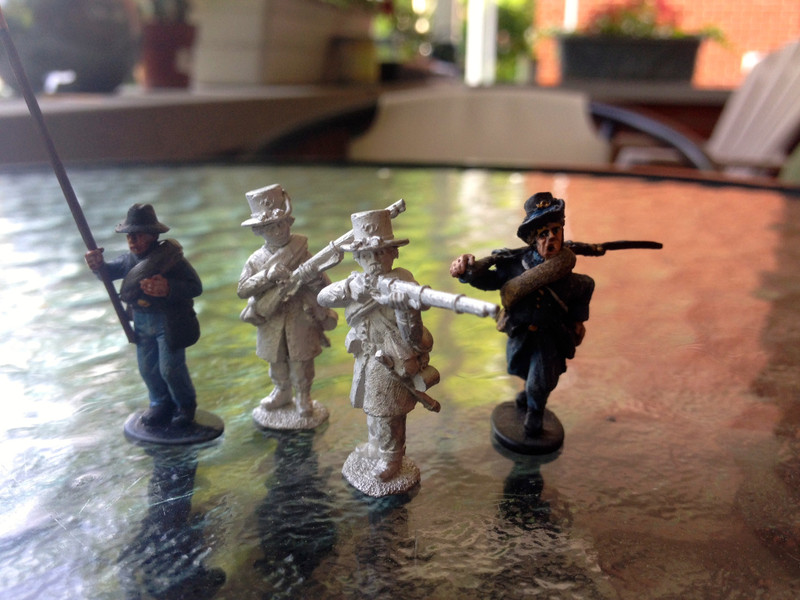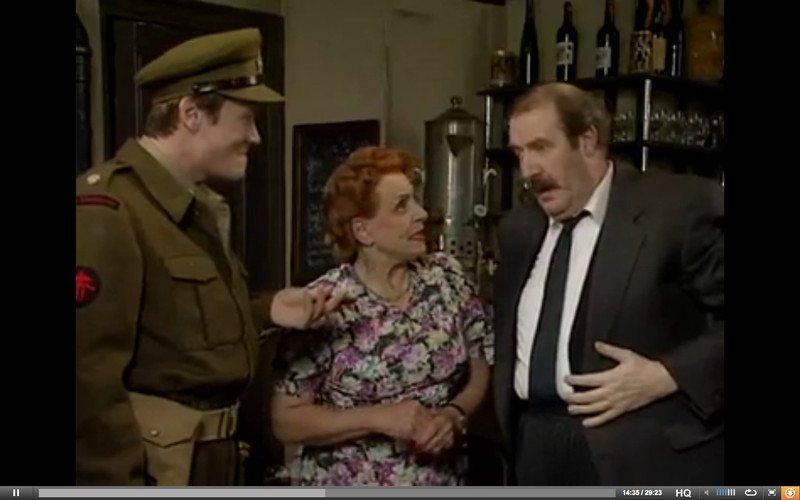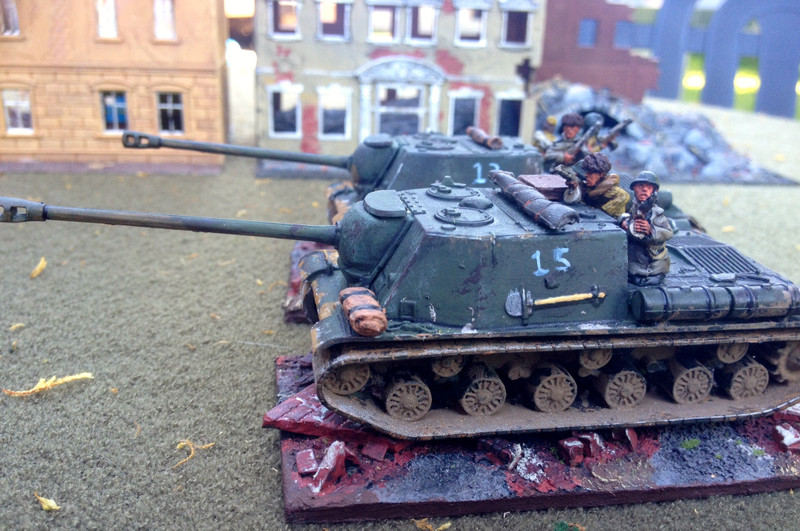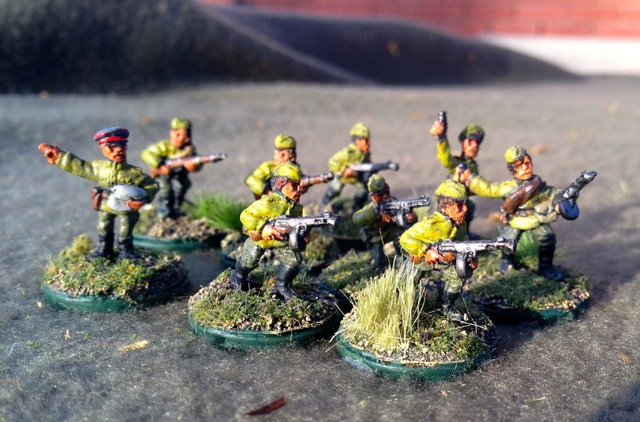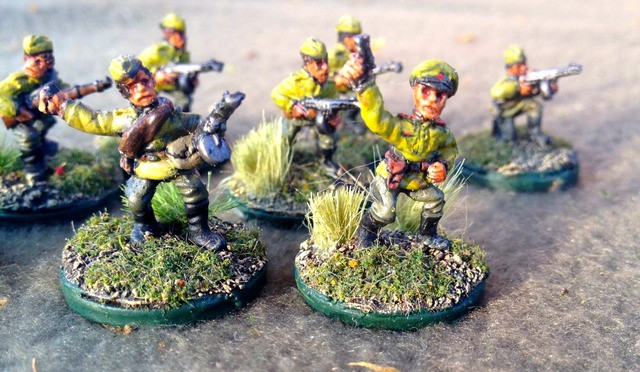
Imagine my delight to find this book in a local used book store, for a quite decent price. I read it once as an undergrad and thought at the time that it was pretty stirring stuff. Then I went to graduate school and learned how academic professionals think about historiography, and I am fairly sure that Elting’s book would not pass muster on the syllabus of a history course at a major university today. Fortunately for us, Elting was either ignorant of or ignored academic history. He was a soldier, writing about soldiers, and we are all blessed for it.
Colonel John R. Elting (1911 - 2000) grew up in the American West and first joined the US Army in 1933. His first commission was in the Reserve Officer Training Corps at Stanford University in 1932, and he described serving in a unit of “horse-drawn field artillery, equipped with the famous Model 1897 “French 75”. (Much later I would realize that this had had historical value; like Napoleon’s gunners, I had learned something about what horses could do and the problems of caring for them”.
Much of his writing is peppered with observations that come from his own experience. In describing how Napoleon favoured riding in coaches while doing staff work on the march, Elting notes that “A general could not study reports or maps astride a galloping horse. (Even gentle, well-trained horses usually object to having a map suddenly unfolded right behind their ears and take unpredictable action to remove that nuisance)” (Swords 76). One wonders if he learned that lesson about maps and horses the hard way as a young officer cadet (or as Elting would say, a “shavetail”) from his first days with horses and guns. Sometimes the slang is absolutely delightful, as when Elting speaks of the French cavalrymen’s habit of using up horses: “Even when long service hd taught him how to handle his mount, he tended to remain the sort of rough rider who had, in the parlance of my Montana boyhood, “teeth in his ass” (Sowrds 317). Other gems of mid-twentieth century slang are scattered through the book, as when Elting refers to an eccentric officer as an “eight ball”.
I couldn’t imagine a better introduction to Napoleon’s army than this book, however dated it might be. Each arm of the service gets a careful and detailed study, in the wider context of the period, from the last years of the Royal Army to the Hundred Days. There is no nuanced, objective portrait of Napoleon. Clearly Elting revered the man, and I am sure wished he could have served under him in another lifetime. He spares few opportunities to praise Napoleon’s appetite for work and for detail, his bravery, and his devotion to the profession of arms, as in this account of the retreat from Moscow and of how the Emperor raced back to Paris to raise a new army before news of the disaster became widely known: “He left Smorgoniye on December 5 and reached Paris just before midnight of December 18, covering almost 1,300 miles of winter roads in thirteen days, wearing out six vehicles and half of his party. That dash had been almost entirely improvised, its first stages through debatable country with only light escorts, which had orders not to allow him to be captured alive. The morning of December 19 he was hard at work.” (Swords 79). I remember a few years back on a staff ride of the Little Big Horn with another retired US Army colonel who clearly revered Custer, historiography be damned. Soldiers like soldiers.

Elting was an armoured officer in Europe in World War Two (he co-authored the tactical manuals on the tank battalion and company that his tanker peers used in Europe), and his postwar service included West Point, Asia and finally, as a staff officer (G2) in the Washington Military District in the mid 1960s, where he describes having a front-line view of the Vietnam-era protests and may have pondered Napoleon’s dictum about crowds and whiffs of grapeshot. As he himself wryly noted of these last days in uniform, "I had ample opportunity to study the underside of democracy in action and to ponder the ancient proverb that 'God looks after small children, idots, drunken sailors, and the United States of America’.” He would have gotten along well with my own dad, who retired as an infantry major in 1968 and as a crew-cut middle-aged civvie went to university in the glory days of hippiedom.
Elting had a prolific career as an historian, writing about Napoleonic matters and the War of 1812. His commentary in the two-volume Napoleonic Uniforms collection of Herbet Knotel’s colour plates is amazing. Other historians wrote numerous tributes to Elting’s generosity in helping them research and write their books. One historian recalled how he was mystified at how one side managed to get 700 horses across the St. Lawrence River during the 1813 Crysler’s Farm campaign. He called Elting and they “worked out a very probable answer, based on such historical evidence as I had and Colonel John’s own memories of a river-crossing exercise undertaken in dust-bowl Kansas in the mid-1930s. That kind of rare but extremely useful expertise is unfortunately lost to us."
John Elting died at his desk in his study, and for me, at least, it’s hard to imagine a better way to go. Just before his death, he wrote this note to a friend and fellow historian.
"Dusk.... I'm in the Night Hawk Guard's square at La Belle Alliance [Waterloo], fumbling for one last cartridge. Too many heart failures over last few months, and nothing much left for the next one.... Been great knowing you."
Colonel John, I wish I’d known you. Thank you for your books and for your example as a soldier and as an historian, sans pareil.















